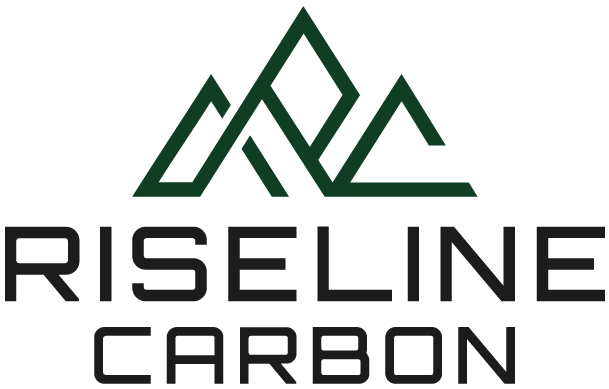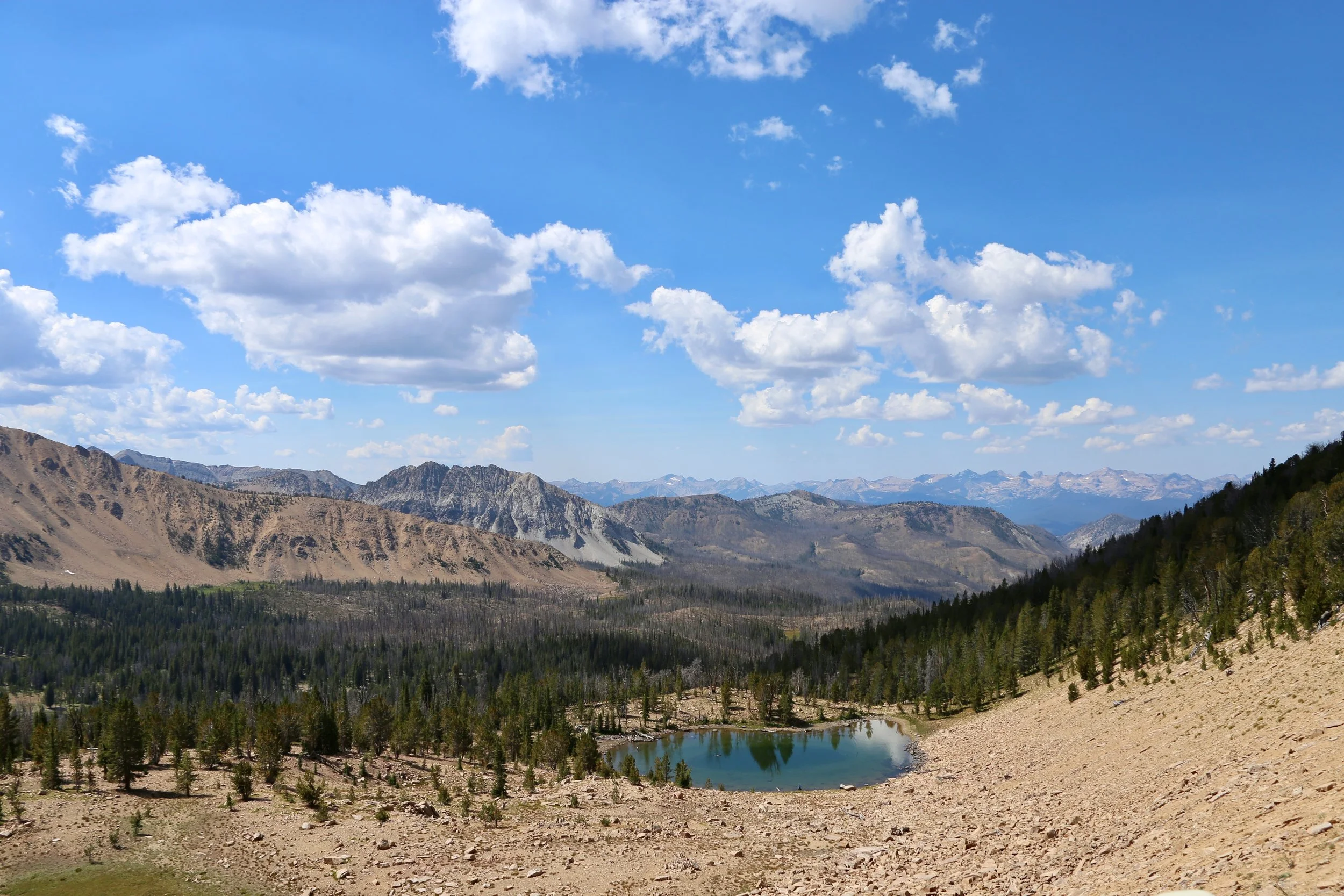
LEARN
What are carbon credits?
Carbon dioxide removal credits are a tradable commodity that signify a removal of one metric ton of carbon dioxide from the atmosphere. We are supporting credits generated by projects that physically remove CO₂ from the atmosphere and ensure storage for 100 - 1000+ years. These credits can be purchased to offset emissions and help achieve climate goals.
What is CDR?
Carbon dioxide removal is the process of removing carbon from the atmosphere for long-term storage in oceanic and terrestrial carbon sinks with a low potential for re-release. If you’re familiar with traditional offsets – soil organic carbon, afforestation, deforestation, swapping a fuel source – the difference lies in the concept of avoided emissions versus additionality. Traditional offsets reduce an emissions impact but either do not eliminate the impact, have high reversibility, or are not rigorously measured. Durable carbon removal offsets are negative emission technologies that not only eliminate the impact of an emission but also remove an additional amount of carbon from the atmosphere. Durable CDR has low reversibility potential and ensures 100 - 1000+ years of storage depending on the removal pathway.
Why do offsets have a negative connotation?
Quality and Verification Issues
Not all offset projects are created equal. Some early or poorly managed projects failed to deliver the promised carbon reductions or removals, or the benefits were temporary (e.g., forests planted but later cut down or burned). This created doubt about the credibility and permanence of some offsets.
Lack of Direct Connection to Business Impact
Offsets often fund projects far from the company’s own operations or supply chain. This disconnect can make offsets feel abstract or unrelated to the company’s actual environmental impact or sustainability journey.
Double Counting Risks
Without strict rules and transparency, the same carbon credit can sometimes be sold to multiple buyers or counted by different entities, undermining the integrity of the offsets market.
Delay in Emission Reductions
Offsetting can be used as a short-term solution while delaying necessary emissions reductions, which are critical to meet urgent climate goals.
But It’s Not All Negative!
High-quality offsets that are rigorously verified and part of a broader strategy including direct emissions cuts can be valuable tools in climate action – especially for unavoidable emissions and for supporting global carbon removal innovations. Strong community partnerships help to bring positive value and ensure sustainable growth.
Do all CDR projects have co-benefits in addition to removing carbon from the atmosphere?
Most Carbon Dioxide Removal (CDR) projects offer co-benefits beyond just removing carbon. At Riseline, we prioritize supporting projects that deliver these added values – for communities, ecosystems, and the broader environment. Examples include:
Biochar: Enhances soil fertility and water retention, leading to improved crop yields. It also reduces nitrous oxide emissions, recycles agricultural waste, and supports resilient soil ecosystems.
Enhanced Weathering: Neutralizes acidic soils and adds essential minerals, boosting soil health and agricultural productivity. As weathered materials wash into waterways, the resulting bicarbonate can help reduce ocean acidification.
Woody Biomass Burial: Converts excess forest biomass – often a wildfire hazard – into stable carbon storage through burial. This approach supports wildfire risk reduction, creates a productive use for low-value wood waste, and avoids emissions from open burning or decomposition.
Terms
-
carbon dioxide removal – goes beyond avoiding or reducing emissions to actually remove an additional amount of carbon from the atmosphere
-
reducing emissions via alternative fuel or energy sources
-
business as usual scenario, what CO₂ emissions would have occurred in the absence of intervention
-
whether the removal is in addition to what would have happened in the counterfactual
-
carbon removal done within a company's operations, supply chain, or community – essentially within business activities
-
carbon removal done outside of a company’s value chain
-
low possibility of reversal and meets the minimum threshold of how long the removal lasts (100+ years)
-
tactic that exaggerates environmental benefits and/or ignores the negative impacts – spending 1% of a budget on a sustainability measure and spending the other 99% of the budget talking about that sustainability measure.
-
prevent an emission from occurring – via renewable energy projects or renewable energy credits (RECs) for example
-
physically remove CO₂ from the atmosphere – via biochar or enhanced weathering for example
-
A marketplace where corporations, NGOs, and individuals purchase carbon credits on a voluntary basis to compensate for their greenhouse gas emissions. The market operates independently of compliance-driven carbon markets (like cap-and-trade systems) and is governed by standards bodies that set protocols and methodologies for measurement, reporting, and verification (MRV) to ensure the environmental integrity and permanence of the credits. Participation in the VCM helps to accelerate measurable impact.
-
permanently removing carbon credits from the market after they have been purchased and used to claim carbon removal or emission reductions


